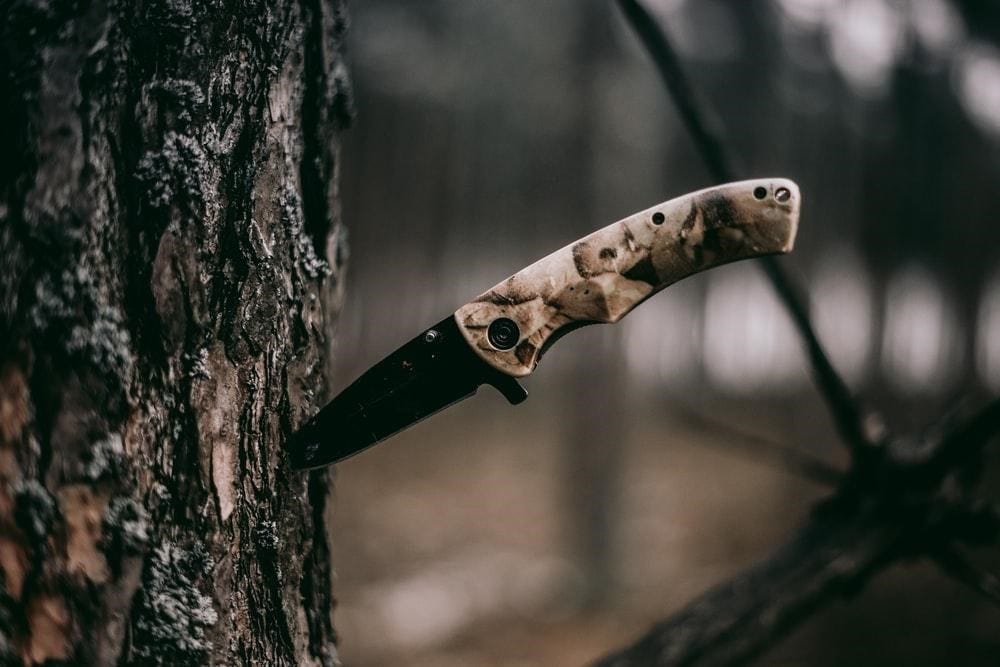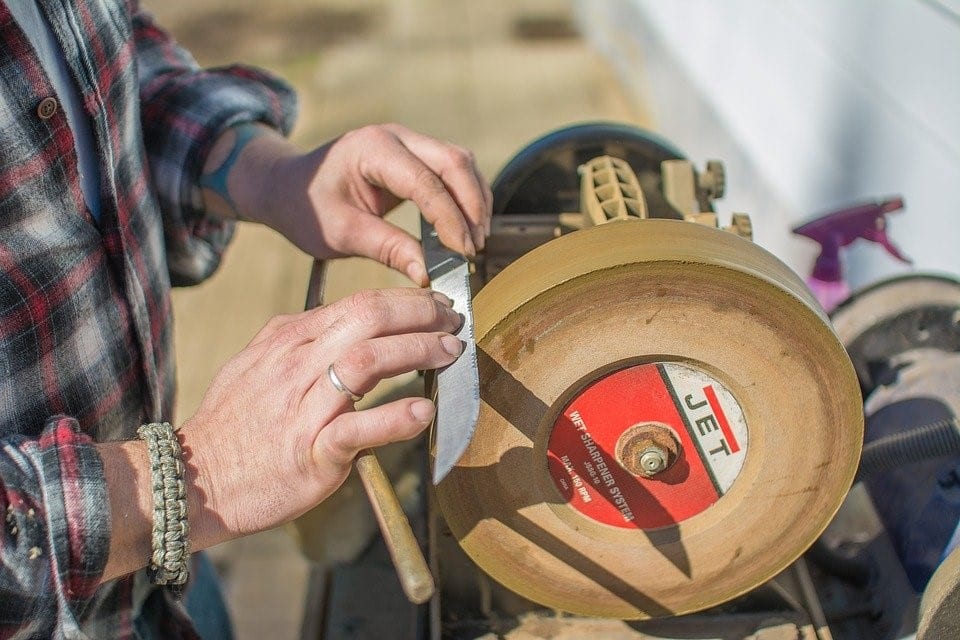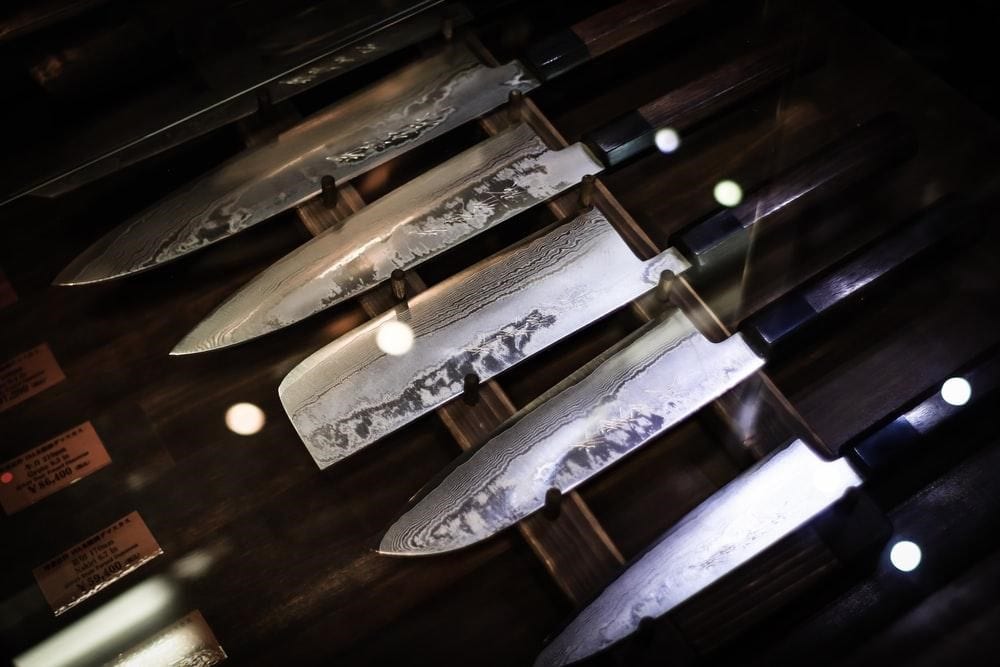By Jordan McDowell
Whether you’re trying to keep your cooking knives keen or your backpacker’s knife needs to be honed to a sharp edge, there are several reasons for you to keep your knife in good working order. A sharp knife is actually safer than a dull one, and the American Knife & Tool Institute believes that all of your essential tools should be maintained to the utmost of your ability to guarantee a safer experience. With a sharp knife, you apply less pressure while cutting and minimize the chances of an injury. You’re also more likely to damage a dull knife, as applying more force could result in chipped metal or twisted alignment of the knife’s mechanisms.
The sharpness of your tools is integral to the quality of your work and the safety of everyone in your workspace. If you’re looking for advice on keeping your knives sharp, explore these top six tips.
1. Get a Honing Rod
Many people mistakenly believe that a honing rod is used to sharpen knives. No matter what kind of knife you’re working with, the honing rod is used more for alignment than anything else. Also known as stropping irons, your honing rod straightens the metal of your knife without removing significant amounts of metal from the blade.
Tips for Using a Rod
Just like every other aspect of knife care, there is a correct way to use the honing rod. To ensure the best results for your knife, hold the knife in your dominant hand and your rod in the other. Keep your fingers as far away from the blade as possible and hold the knife at an angle to the rod, as determined by the angle of your blade. Using your entire arm, move the knife across the top of the honing rod, sliding from the knife heel all the way to the tip. After six or eight repetitions across the top, move your knife to the bottom of the rod and complete the same motion there.
2. Keep a Dedicated Knife-Sharpening Tool
There are many tools available to re-sharpen a dull blade, such as diamond bench stones, handheld diamond plate style sharpeners, whetstones, power sharpeners, jig and clamp styles, and more. Also known as a water stone or sharpening stone, the whetstone has a steep learning curve. It has an entirely different purpose from a honing rod. Most have one or two sides — one rough and one fine. You can buy a whetstone in a range of grits that can help you achieve the ideal finish and polish for your knife. The higher the grit, the smoother the surface of a whetstone. If you need to erode a lot of metal particles and repair chipped edges, you should be looking for a lower grit whetstone.
Whetstone Tips
As you sharpen your knife, start on the rough side of the whetstone.
- Secure your stone on your workspace with a rubberized shelf liner or damp towels.
- Place the knife facing away from you on the whetstone at an angle equal to or wider than your blade edge.
- Need to check you have the right angle? Run the blade edge through a marker pen to coat it in black. If you have the angle correct, the sharpening process should remove all the ink.
- With one hand on the handle and one hand on the middle of the flat of your blade, draw the blade down the whetstone.
- You should move the blade in a wide circular manner at a constant angle until you draw the blade along the whetstone from base to tip several times.
- Check the sharpness of the blade by carefully running your thumb along the edge perpendicular to feel for the burr from base to tip
- Flip the knife over to sharpen the other side.
- If your whetstone is two sided, flip it over and repeat the entire process on the fine side.
3. Using the Right Surface
Once you know your knife is sharp and straight, it’s time to consider how you treat your knife on a regular basis. Are you cutting on surfaces that could damage it? Are you scraping it along the sharp edge to clear your work space of food or debris?
Avoid cutting on metal surfaces like concrete, stainless steel, and aluminum, as these could damage your blade. It’s recommended that you cut on plastic, polyethylene, and wood instead. You should also consider a surface that is not easily cut because it’s possible for microparticles of food to get caught in the tiny slices and create a breeding ground for bacteria. Avoid scraping the knife edge along any surface, as this quickly dulls it.
4. Cleaning Your Knives
The worst thing you can do to a knife is throw it in the dishwasher. The heat, detergent, and barrage of water can seriously damage the blade and the handle of your knife. While you should sharpen your knife between uses, many people don’t, so washing them properly helps maintain that sharp edge for much longer.
Wash your knife by hand with a soap-lathered sponge or dishcloth. Always wipe away from the base towards the tip and keep your fingers away from the sharpened edge.
5. Keep Knives Dry
After cleaning your knives, dry them right away to prevent any rusting on the blade. Putting your knives away wet, especially in any sort of block, can also result in mold and bacteria in the storage receptacle. While not necessarily harmful for the blade, bacteria and mold can be dangerous to your health if you use your knives for cooking.
6. Storing Knives
While some knives fold, making them much easier to store, others need to be stored very specifically to maintain their edge. Don’t leave your knife in a jumble with other kitchen utensils, backpacking gear, or woodworking tools. Your unfoldable knives should have more than just a drawer to themselves — they require a dedicated block to better protect their edge. You can also use a magnetic rack to hang knives and keep them out of easy reach of children.
Whether you prefer a block or a hanging rack, make sure that your knives aren’t in a place where they can bump against each other or other metal utensils and tools.
More Resources from AKTI
With all these tips in mind, you’re now much better equipped to handle and maintain any knife. If you’re looking for even more resources about knives, explore the expert advice from AKTI here.
Thanks to Jordan McDowell, Guest Contributor
 Jordan McDowell is a writer and author with expertise in woodworking. He has a unique appreciation for all types of tools and frequently writes about their proper care and maintenance.
Jordan McDowell is a writer and author with expertise in woodworking. He has a unique appreciation for all types of tools and frequently writes about their proper care and maintenance.
Images from:
https://unsplash.com/photos/eSKxTEoef2o
https://pixabay.com/photos/knife-sharpening-whetstone-1267405/
https://unsplash.com/photos/uFuzc93FfN0


